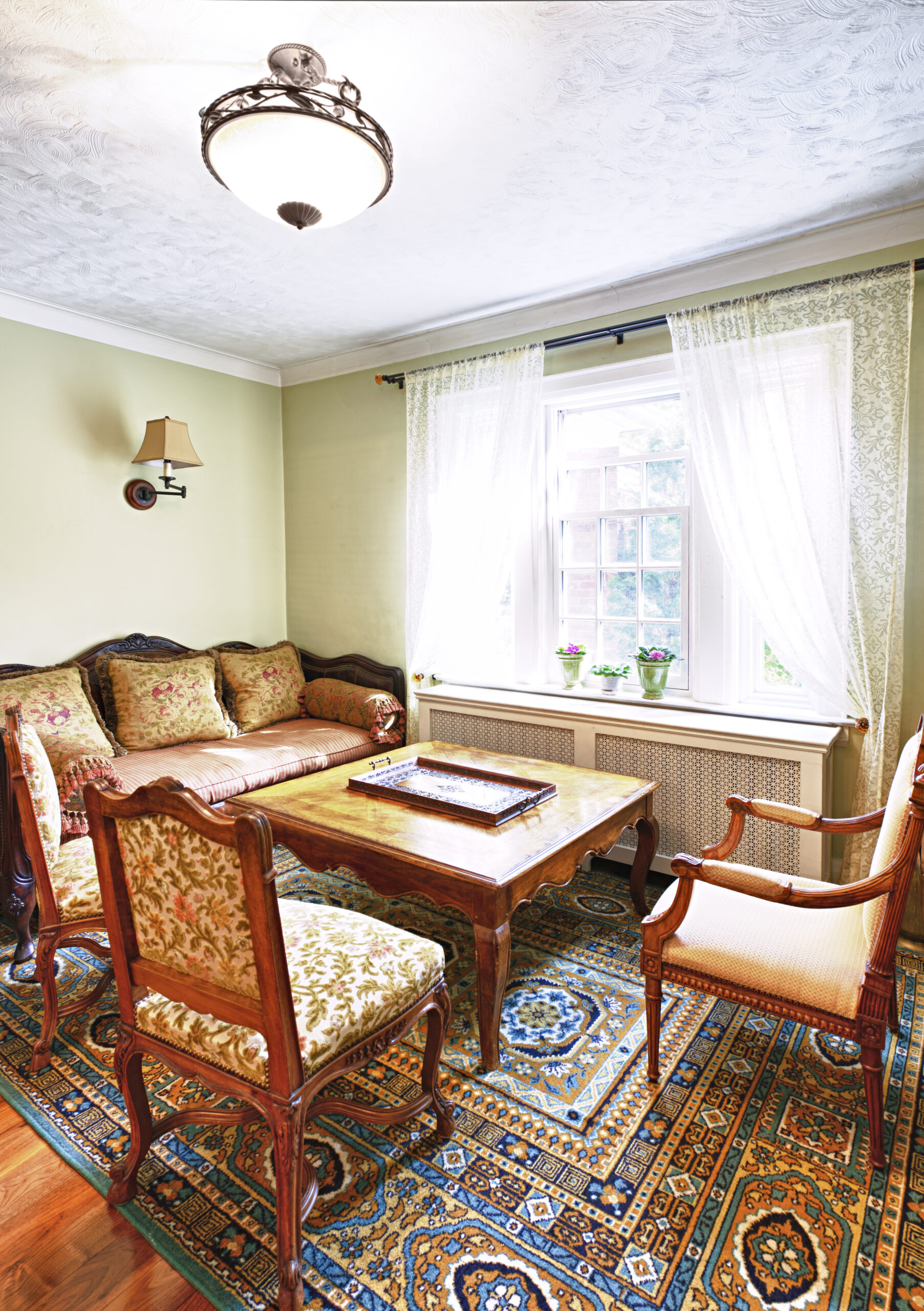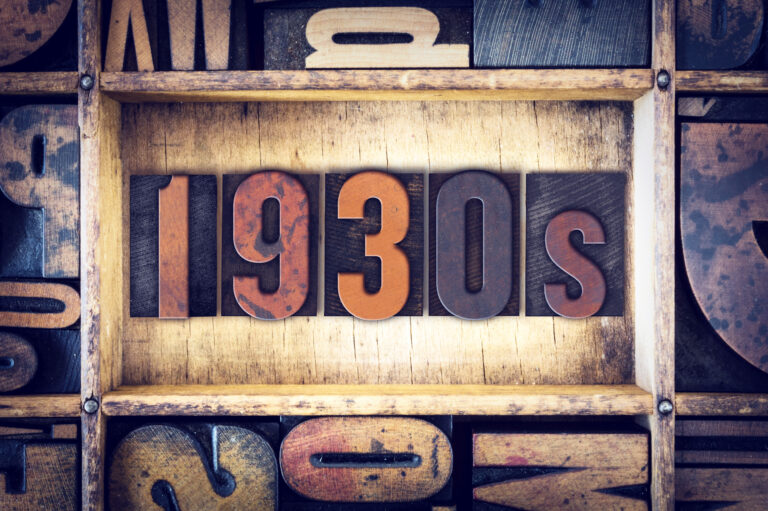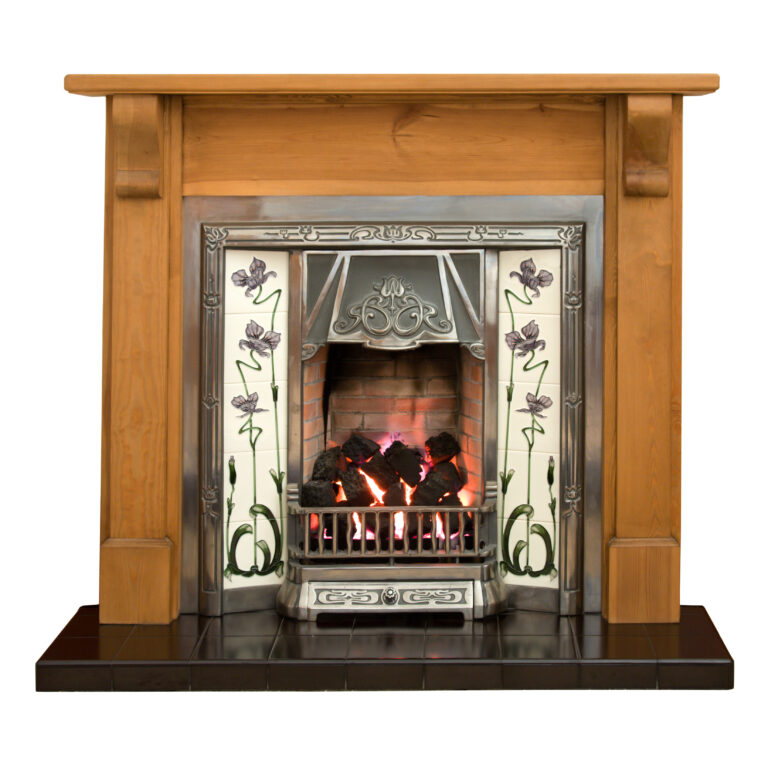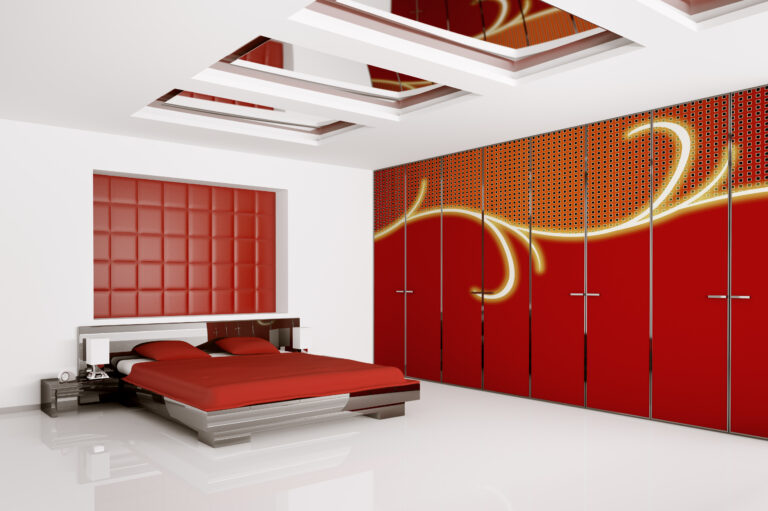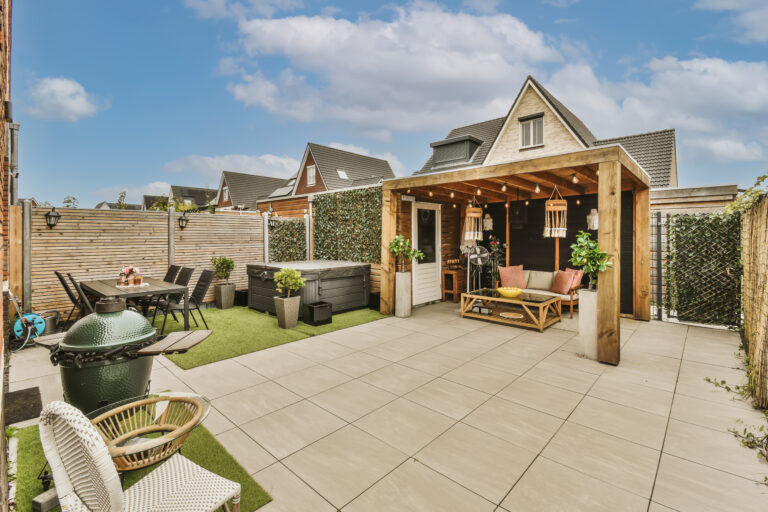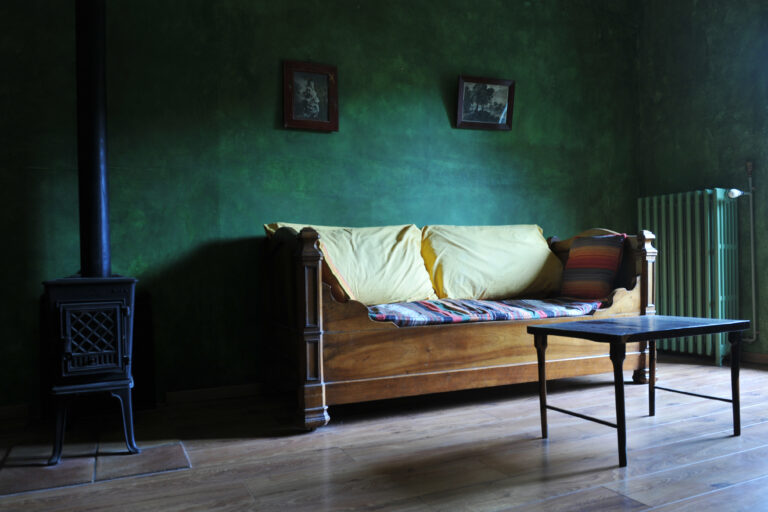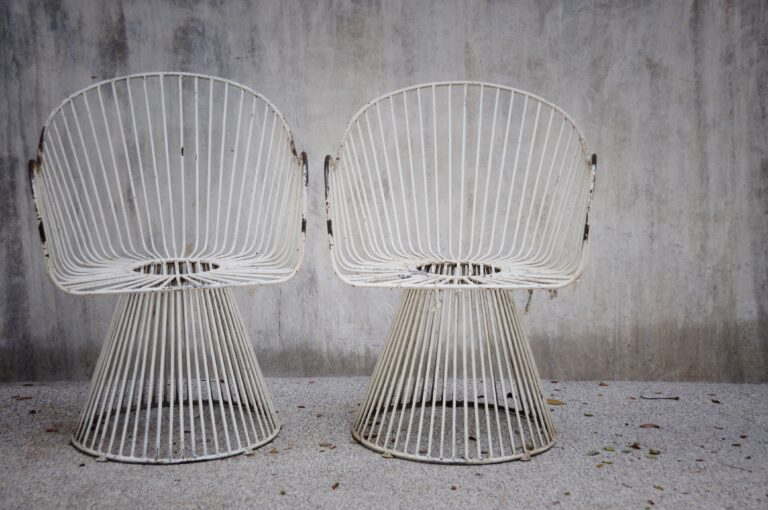Discover the Timeless Furniture Styles of the 1930s – A Quick 30s History Lesson
Do you want to Discover the Timeless Furniture Styles of the 1930s? Then Read on!
The 1930s were great for design and innovation, especially in furniture styles.
There was something for everyone from Art Deco to French Provincial during this decade.
And although it may seem like distant history now, these timeless pieces are still highly sought after today.
So what exactly were the furniture styles of the 1930s? Let’s look at some iconic designs from this era that have stood the test of time!
So in this article on Discover the Timeless Furniture Styles of the 1930s, we’ll explore Art Deco, Streamline Moderne, and Traditional American Colonial Style Furniture.
We will also delve into French Provincial style furniture and Mid-Century Modernism – all hallmarks of an exciting decade regarding interior decorating trends!
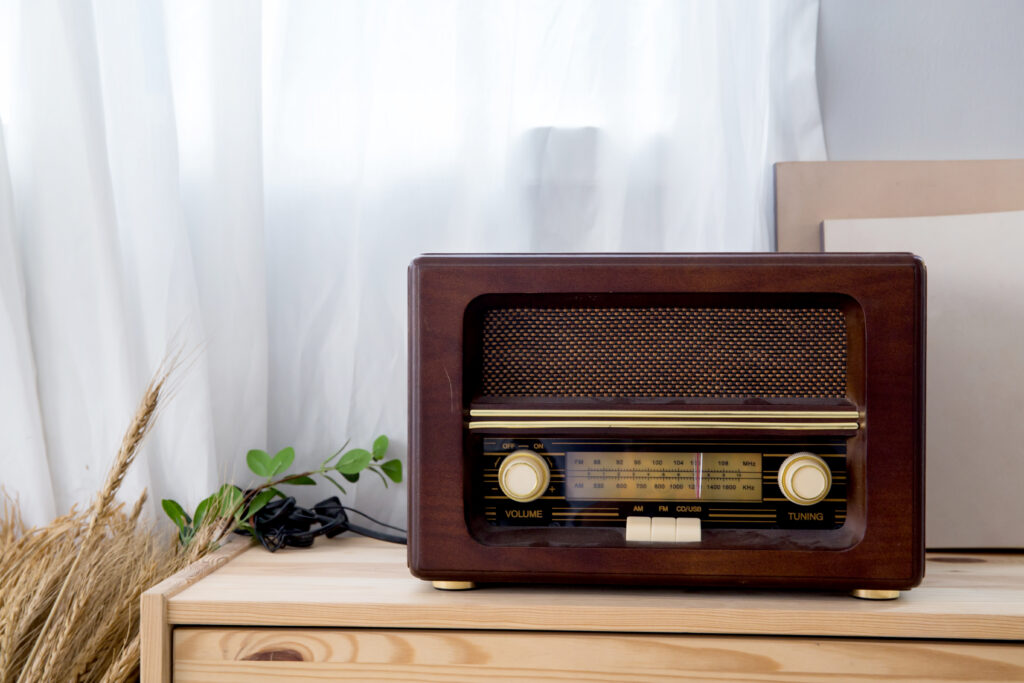
Table of Contents:
- Art Deco Furniture
- Streamline Moderne Furniture
- Traditional American Colonial-Style Furniture
- French Provincial Style Furniture
- Mid-Century Modernism
- FAQs about What Were the Furniture Styles of the 1930S
- Conclusion
What Were 1930s Interior Design Furniture Designs?
Art Deco Furniture
Origins of Art Deco Furniture
Art Deco furniture was first popularized in the 1920s and 1930s, during a period known as the “Roaring Twenties.”
It was inspired by modern art movements such as Cubism, Futurism, and Constructivism.
This furniture style was characterized by its bold colors, geometric shapes, and sleek lines.
The materials used to create these pieces were often chrome or lacquer for a glossy finish.
Characteristics of Art Deco Furniture
The most recognizable characteristic of Art Deco furniture is its geometric shape and bright colors.
Pieces often featured curved lines with sharp angles, creating an overall modern and eye-catching look.
Colors ranged from muted pastels to vibrant jewel tones like sapphire blue or emerald green.
For added visual interest, many pieces featured intricate details such as metal accents or mirrored surfaces.
Popular Materials Used in Art Deco Furniture
Chrome had become increasingly popular due to its durability, while glass could be shaped into any desired form without compromising on strength; this made it ideal for creating unique designs with complex curves and patterns that would have been impossible using other materials at the time.
Lacquer offered a glossy finish, giving each piece extra sophistication. At the same time, wood veneers provided texture contrast against the smooth surfaces found elsewhere on many pieces.
From sleek lines to bold colors, Art Deco furniture from the 1930s is making a comeback! Step up your decor game with chrome, lacquer, and wood veneers for an eye-catching look. #1930sFurnitureStyle Click to Tweet.
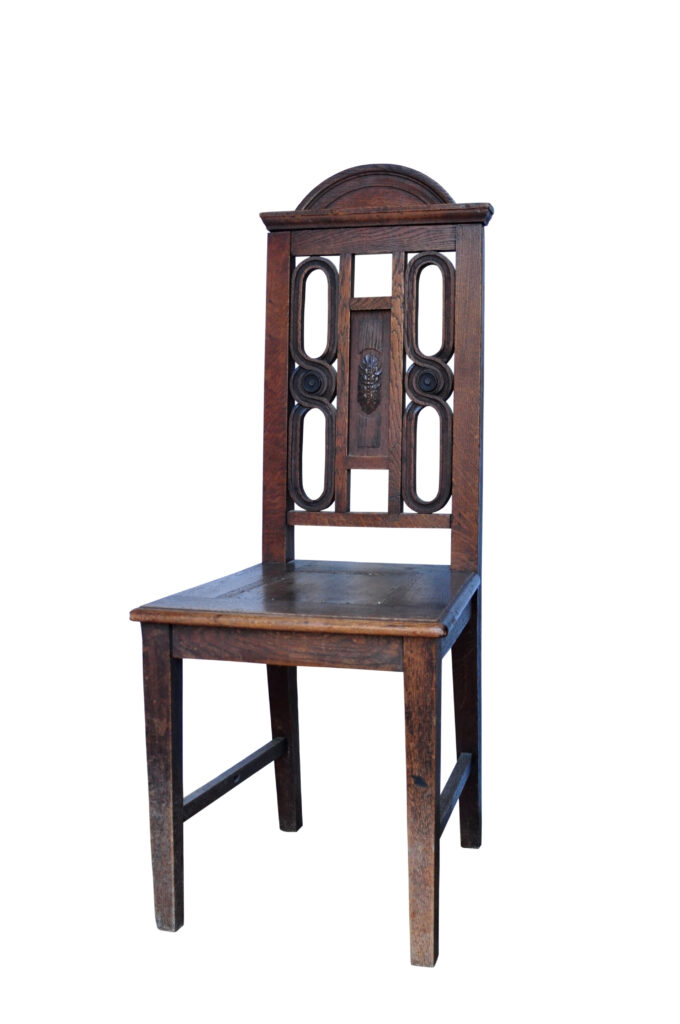
Streamline Moderne Furniture
Origins of Streamline Moderne Furniture: Streamline Moderne furniture was a popular style in the 1930s, inspired by aerodynamic designs from the era. It emerged as an offshoot of Art Deco, popular in the 1920s and early 1930s.
The streamlined look was created to give pieces a modern feel and make them more efficient to produce.
Characteristics of Streamline Moderne Furniture
Streamline Moderne furniture features smooth curves and clean lines with minimal ornamentation.
This style focused on functionality rather than decoration, so it often needed embellishments such as carvings or intricate details.
Instead, it relied on its sleek silhouettes for visual appeal.
Standard pieces included chairs, tables, desks, cabinets, and beds with curved legs or arms tapered at the ends for a streamlined look.
Popular Materials of Stream Line Moderne Furniture
Chrome-plated metal frames were popular due to their durability and ability to be mass-produced quickly and inexpensively. They also gave pieces a modern look that appealed to many consumers then.
Other materials, such as Bakelite, could be molded into interesting shapes for decorative accents on items like lamps or clocks without adding too much weight or cost to production costs.
For added visual appeal, Lucite and Plexiglas were also used in Streamline Moderne furniture.
“The 1930s were a stylish time for furniture! Streamline Moderne pieces featured sleek curves and chrome-plated metal frames – the perfect way to add modern flair to any room!” #FurnitureStyle #StreamlineModerne Click to Tweet.
Traditional American Colonial-Style Furniture
Origins of Traditional American Colonial-Style Furniture
Traditional American colonial-style furniture was first popularized in the 1930s when people began to look back at their past for inspiration.
This furniture style draws from early American homes. It is characterized by its simple designs with straight lines and minimal ornamentation.
It is believed that this type of furniture originated in New England, where it was used by settlers who had limited resources and needed to make do with what they had.
Characteristics of Traditional American Colonial-Style Furniture
Traditional American colonial-style furniture has a classic silhouette featuring clean lines and minimal ornamentation.
The pieces are usually made from natural materials such as wood or wicker, which gives them an organic feel that complements any home decor scheme.
Popular pieces include chairs, tables, desks, cabinets, beds, chests, and dressers, all with a timeless design aesthetic that will never go out of fashion.
Colors are typically muted tones like brown or black, adding to these pieces’ rustic charm while still being versatile enough to fit into any room setting.
Popular Materials Used in Traditional American Colonial-Style Furniture
Other popular materials include rattan, which gives off an exotic vibe while still remaining within the same color palette as other woods used in this type of furniture, making it easy to mix and match different styles together if desired.
Wicker provides a more lightweight option but still offers strength and stability for oversized items like armoires or sideboards.
Wood is often left unfinished to be stained or painted according to personal preference.
Key Takeaway: Traditional American colonial-style furniture was popularized in the 1930s and is characterized by its simple designs with straight lines and minimal ornamentation. Popular materials used include wood, wicker, rattan, and unfinished wood that can be stained or painted according to personal preference. This timeless furniture style provides an organic feel that complements any home decor scheme while versatile enough to fit into any room setting.
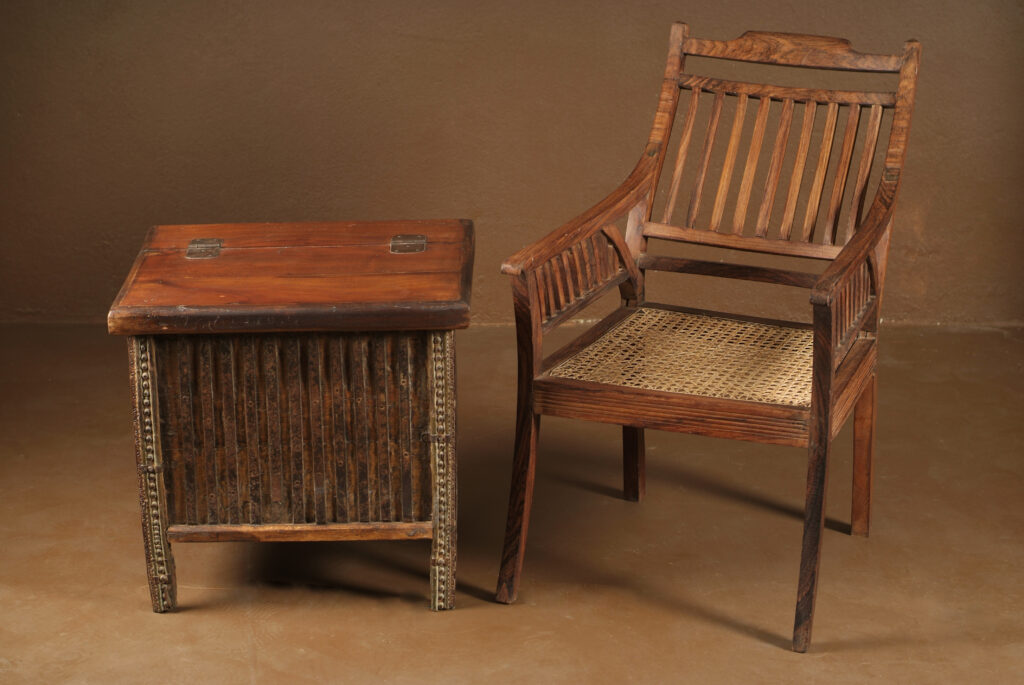
French Provincial Style Furniture
Origins of French Provincial-Style Furniture
French Provincial style furniture originated in the 1930s and was inspired by traditional country homes in France. It featured ornate designs with intricate carvings made from natural materials such as wood or wicker.
Popular pieces included chairs, tables, desks, cabinets, and beds with elegant silhouettes in muted colors like white or cream.
This furniture style was popularized by designers such as Jacques-Emile Ruhlmann, who used it to create luxurious interiors for wealthy clients.
Characteristics of French Provincial Style Furniture
The main characteristics of French Provincial style furniture are its ornate design elements and use of natural materials like wood or wicker.
The designs feature curved lines that give the pieces a soft look while incorporating intricate carvings that add an element of sophistication to the piece.
Additionally, these pieces often have muted colors like white or cream, which helps them blend into any interior space seamlessly without being too overpowering visually.
Popular Materials Used in French Provincial Style Furniture
Key Takeaway: French Provincial style furniture is a popular choice for creating luxurious interiors due to its ornate design elements and use of natural materials. Popular pieces include chairs, tables, desks, cabinets, and beds with elegant silhouettes in muted colors like white or cream. Wood and wicker are common materials used in this style, which help create beautiful carvings that give the furniture extra sophistication.
Mid-Century Modernism
Mid-Century Modernism is a furniture and interior design style that originated in the mid-20th century.
It was heavily influenced by modernist art movements such as Bauhaus, De Stijl, and Art Deco. This furniture style typically features clean lines, minimal ornamentation, and organic shapes.
Mid-century Modernism has become increasingly popular over the past few decades due to its timeless aesthetic appeal.
Origins of Mid-Century Modernism
The term “mid-century modern” was first coined in 1984 by Cara Greenberg for her book “Mid-Century Modern: Furniture of the 1950s,” which focused on American post-World War II design from 1945 to 1965.
During this period, designers sought to create functional yet aesthetically pleasing pieces emphasizing simplicity and natural materials like wood or metal frames combined with upholstery fabric or leather cushions.
This era also saw the introduction of new materials such as plastic laminate, fiberglass reinforced plastics (FRP), plywood laminates, Lucite acrylics, aluminum tubing, and chrome plating, which were used extensively in furniture designs during this time period.
Characteristics of Mid-Century Modernism
The defining characteristics of mid-century modern furniture are:
- simple silhouettes with smooth curves
- low profiles
- use of natural materials like wood veneers
- angular legs
- minimalist hardware details
- geometric patterns
- bold colors like orange and yellow accents against neutral backgrounds such as white walls or light gray floors
- integration between indoor/outdoor spaces through large windows or sliding glass doors leading out onto patios/decks etc.;
- Use bright lighting fixtures often suspended from ceilings or mounted on walls for additional illumination throughout rooms.
Popular Materials for Mid-Century Modernism
Chrome-plated steel is also frequently employed structurally and decoratively. At the same time, molded plastic components can be found in many iconic pieces, including Eames Lounge Chairs, Saarinen Tulip Tables, Nelson Marshmallow Sofas, etc.
Key Takeaway: Mid-Century Modernism is a furniture and interior design style that originated in the mid-20th century. It is characterized by simple silhouettes with smooth curves, low profiles, natural materials like wood veneers and chrome plating, angular legs, minimalist hardware details, geometric patterns, and bold colors against neutral backgrounds. New materials such as plastic laminate were also introduced during this period, still used today in iconic pieces such as Eames Lounge Chairs or Saarinen Tulip Tables.
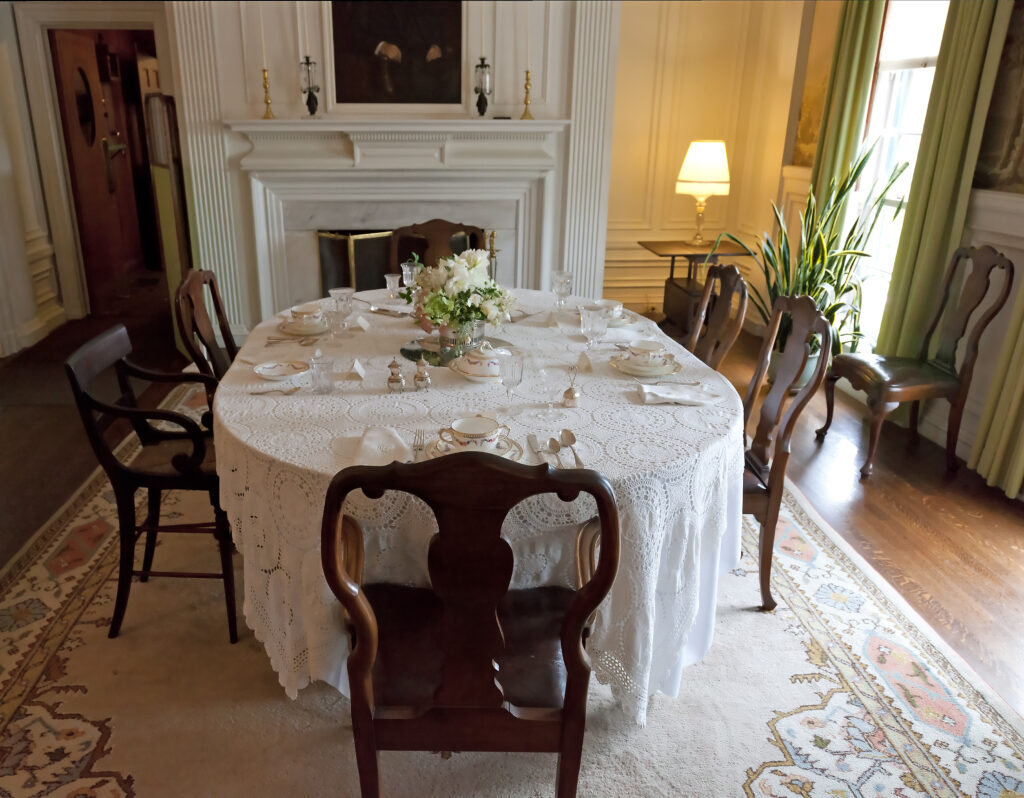
FAQs about discovering the timeless furniture styles of the 1930s
What did furniture look like in the 1930s?
The 1930s saw a shift in furniture design as the Art Deco style became popular.
This was characterized by sleek lines and geometric shapes emphasizing functionality.
Furniture pieces were often made of wood or metal, with bold colors like chrome, black, and gold being favored. Upholstery fabrics included velvet, leather, and brocade for added texture and comfort.
Pieces such as armchairs, sofas, chaise lounges, and side tables featured curved arms and legs that tapered at the bottom to create a more streamlined look.
Mirrors added depth to rooms, while glass-top coffee tables provided a modern touch.
What was the design style of the 1930s?
One of the most popular design styles of the 1930s was Art Decor.
Characterized by bold geometric shapes, sleek lines, and bright colors.
Natural materials such as wood were also incorporated into furniture designs for a softer touch.
Furniture pieces often featured curved edges or rounded corners with tapered legs to create an airy look that was both elegant and timeless.
The 1930s also marked the beginning of mid-century Modernism, which focused on functionality over ornamentation for a minimalist yet stylish approach to interior decorating.
What is 1930s décor called?
The 1930s decor style is often referred to as Art Deco.
This design movement was popularized in the 1920s and 1930s, featuring bold geometric shapes, bright colors, and lavish ornamentation.
It was inspired by modern industrial materials such as aluminum, stainless steel, lacquer, chrome plating, and glass.
Art Deco furniture is typically characterized by sleek lines, curves, and symmetrical solid designs.
They also feature luxurious materials like marble or exotic woods and intricate details like mother-of-pearl inlays or gold leaf accents.
This decor style is still popular and can be seen in many modern homes.
What style of furniture was popular in the 1930s?
The 1930s were a time of significant change in the world, both socially and culturally. As such, furniture styles also underwent substantial transformations during this period.
Here is a quick list of the most popular styles of furniture in the 1930s:
- Art Deco.
- Streamline Moderne.
- Traditional American Colonial Style Furniture.
- French Provincial Style Furniture
- Mid-Century Modernism
Overall, the 1930s saw a shift towards more modern design elements alongside traditional ones like wood and fabric upholstery.
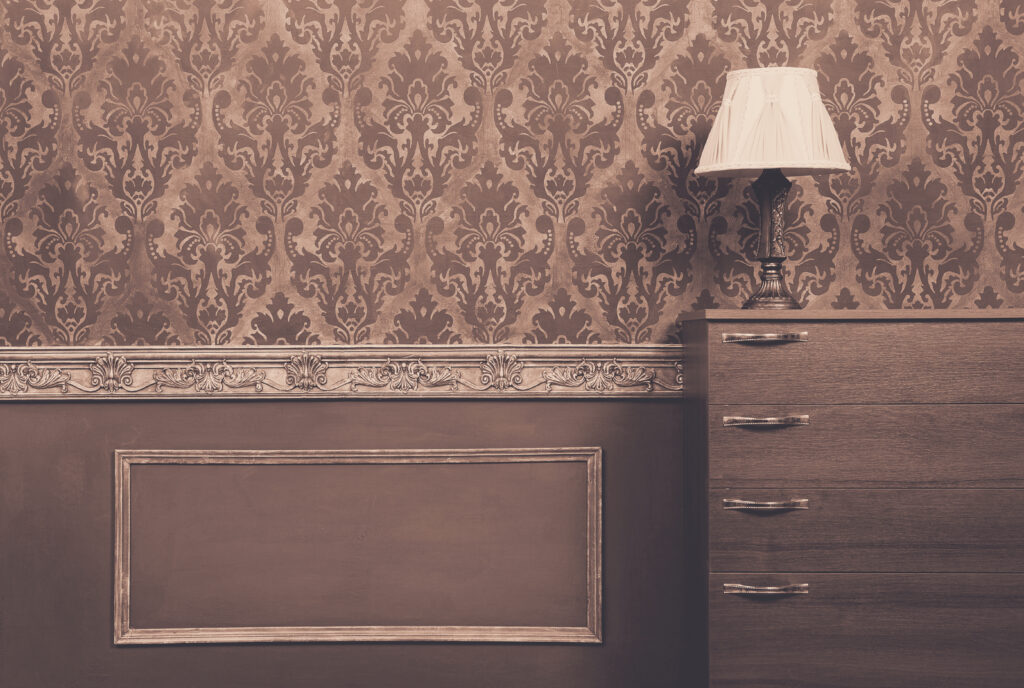
Conclusion to our discover the timeless furniture styles of the 1930s article
The 1930s were a time of significant change in furniture design. There was something for everyone from Art Deco to Streamline Moderne, Traditional American Colonial Style, French Provincial, and Mid-Century Modernism during this decade.
Each style had unique characteristics that made it stand out from the rest.
Whether you are looking for an antique piece or just want to add some vintage charm to your home decor, exploring the different furniture styles of the 1930s is sure to be a rewarding experience!
Do you want to learn more about furniture styles?
Look no further! Furnituretsar provides the information and resources necessary for mastering this era’s unique style. From detailed descriptions of popular pieces from that time to tips on how best to incorporate them into your home decor today, our experts have covered it.
So don’t wait any longer – explore our website now and transform your space into a timeless classic.

